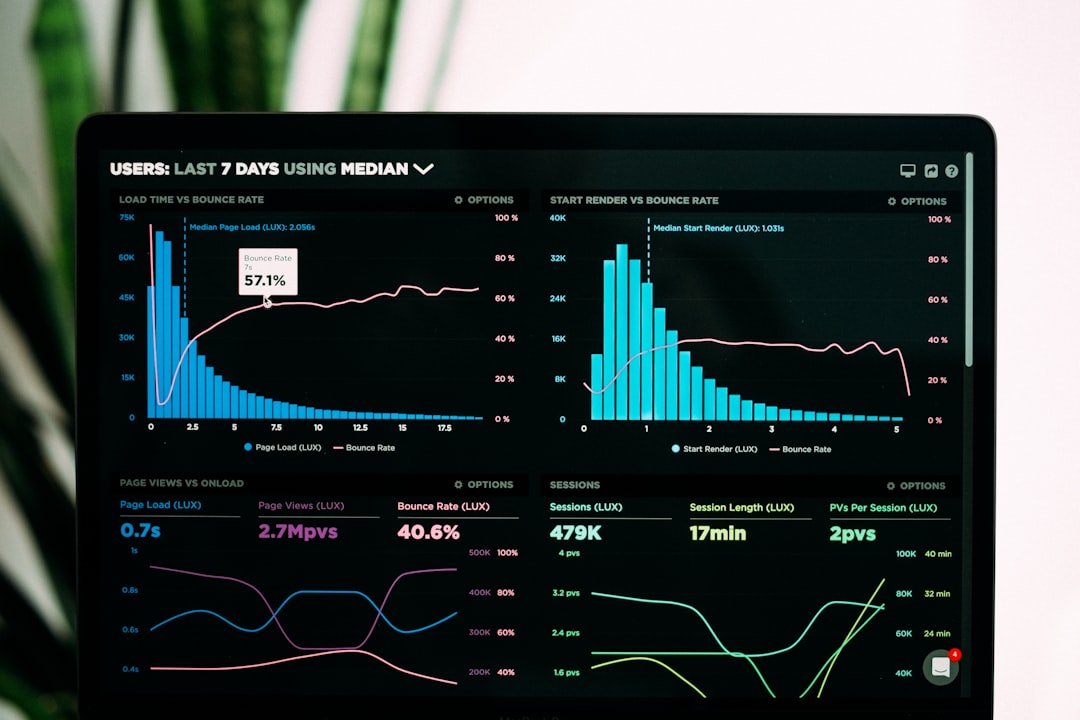What is it about?
Urban rail system is a critical component of a smart and sustainable city. This paper applies the triple bottom line framework to assess Hong Kong’s mass transit railway (MTR) performance. We collected data from MTR's annual reports and sustainability reports over the period 2008-2017.
Featured Image

Photo by Arron Choi on Unsplash
Why is it important?
Although, there is a general consensus that urban rail is more environmentally friendly than private cars and taxis and even public buses, it is not entirely clear exactly how much urban rail is greener than other transport modes. Our findings show that GHG emission from Hong Kong's urban rail was 0.055 kg CO2-eq per pkm, which was significantly lower than 0.080 kg CO2-eq per pkm from Hong Kong's public ranchised buses and 0.137 kg CO2-eq per pkm from private cars.
Perspectives
It is important to use real operational data for evaluating the sustainability performance of a system. At the moment, we did it for an urban rail system using annual data. It would be interesting for us (and for everyone) if we could obtain more refined data such as monthly, daily, hourly, etc., data from rail operators so that we could identify what operational and geophysical parameters would influence the sustainability performance of rail systems. Please help us build a better and smarter world. Give us the "operational" data...
Professor W.M. To
Macao Polytechnic University
Read the Original
This page is a summary of: Sustainability assessment of an urban rail system – the case of Hong Kong, Journal of Cleaner Production, January 2020, Elsevier,
DOI: 10.1016/j.jclepro.2020.119961.
You can read the full text:
Resources
Contributors
The following have contributed to this page










